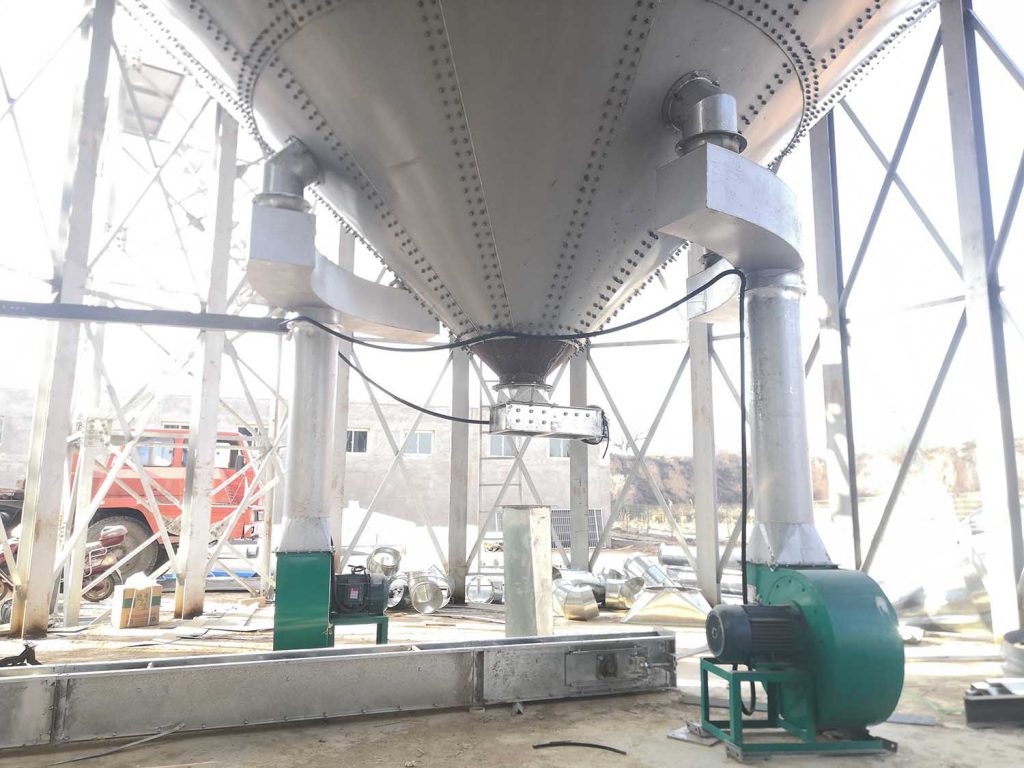Grain silo ventilation systems are crucial for grain quality and storage safety. However, buyers often struggle with their choices. The market offers numerous products across different price ranges.

Factors Influencing Price
System Scale and Capacity
System scale and capacity significantly affect the price. Large silos require more complex ventilation designs. They also need more equipment and materials. Therefore, their prices are relatively higher.
Equipment Quality and Brand
Quality and brand directly impact system performance and lifespan. They also determine the price level. Reputable brands usually use high-quality materials and advanced processes. They deliver more stable performance and better after-sales service. However, their prices are also higher.
System Configuration and Features
Systems with more configurations and features cost more. For example, smart controls, sensor monitoring, and remote supervision enable automatic, precise environmental control. These functions also increase the price.
Raw Material Price Fluctuations
Rising raw material prices increase production costs. Then system prices also go up. In recent years, steel price hikes raised costs for some systems by about 10%–15%.
How to Choose Cost-Effective Systems
Define Needs and Budget
Clarify your ventilation needs and budget before purchasing. Consider silo size, grain type, and storage duration. Choose economical systems for short-term storage with low ventilation demands. Select mid-range or high-end systems for long-term storage.
Focus on Equipment Quality and Performance
Choose reliable equipment with stable performance. This ensures long-term effective operation. Key parameters include fan airflow, pressure, energy consumption, plus duct sealing and durability.
Consider After-Sales Service and Technical Support
Check the supplier's service policies. These cover installation, training, warranty periods, and repair response times. Pick suppliers offering prompt, professional support. Avoid grain storage risks from unresolved equipment faults.
Compare Multiple Suppliers
Visit supplier websites and review product documentation. Study user cases for detailed product information and pricing. Also communicate fully with suppliers. Understand product features, advantages, and price reasonableness.